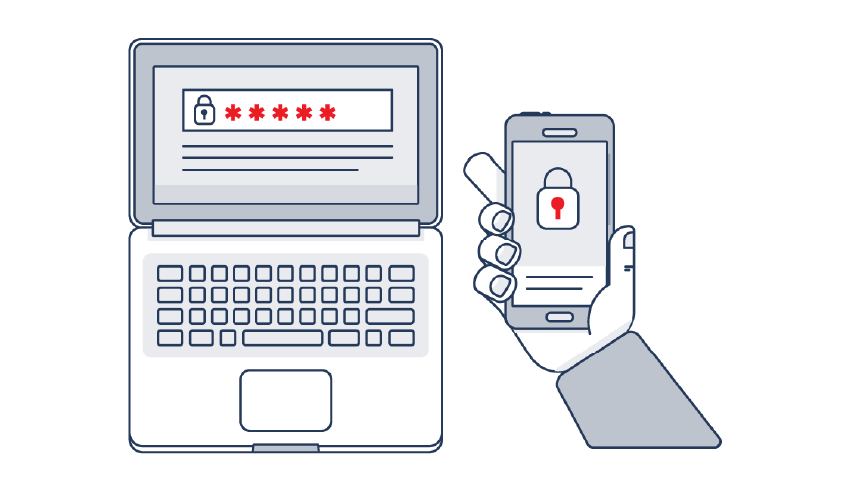Today, security is an essential concern for many people, businesses, and organizations. In a world where security threats are constant, finding new ways to address them is critical. Fortunately, that's where two-factor authentication (2FA) comes in.
2FA is sometimes called two-step verification. Popular in applications where a service provider is concerned about protecting user credentials, 2FA requires users to enter two different authentication factors to gain access and verify their identity.
While most people believe 2FA is a standalone system, it's actually part of a larger authentication system. Associated with 2FA is single-factor authentication (SFA) which only requires the user to provide a single authentication factor, like a passcode, and three-factor authentication (3FA) requires the use of three separate identify-confirming credentials.
Know How 2FA and SMS Work Together
- 2FA and SMS authentication work together to create a robust authentication system. As a general rule, 2FA requires two pieces of information to access an account: something you know, like a password, and something you have, such as a security token or code.
- This is where SMS comes in. SMS-based 2FA uses SMS text messages to deliver a code to your mobile phone when you sign in on a new device. This is important for a few reasons. The first is that it cuts down on fraudulent attempts at your account. Here's what Google has to say about 2FA:
Any of these common actions could put you at risk of having your password stolen:
- Using the same password on more than one site
- Downloading software from the Internet
- Clicking on links in email messages
- 2-Step Verification can help keep bad guys out, even if they have your password.
- Even if someone has your username and password, they won't be able to sign into your account unless they also have access to your text messages. For example, say you want to access your Google account from a new computer. You'll enter your password, and a pin code the service sends to your phone.
- Contrary to popular belief, not all 2FA is SMS authentication. In fact, many 2FA systems use apps or physical security keys to grant user access.
2FA by the Numbers
Here are a few statistics to know about 2FA, as it appears in the modern world:
- According to a Yubico survey, 33% of respondents use 2FA in their personal lives and 45% use it at work
- 57% of respondents to the same survey prefer login methods that do not require passcodes
- 51% of respondents reuse passwords across business and personal accounts
That last statistic is a startling one. While 2FA does make applications more secure, it is still not wise to reuse passwords across accounts.
Follow Us On Linkedin
2FA Remains an Important Part of Security
- We live in a dynamic, digital world, and security is always adapting and evolving. Today, however, 2FA is a critical part of the security process, and it will remain as such for years to come. This is why SMS 2FA is frequently a fallback method for other types of authentication. For example, Google makes it possible to recover your account with your phone number.
- While account security is a hot topic right now and will continue to adapt well into the future, SMS-based 2FA is a critical building block. Designed to stand alone or to support more advanced forms of authentication, 2FA and SMS are a match made in digital security heaven.
To learn more about this or other authentication types, subscribe to our blog today. We offer cutting-edge SMS API products that are here to protect your business.
Read Now: Why successful marketers need to use SMS Location-Based Advertising in 2020
.png)

